Panasonic Lumix GH3 Review
Panasonic Lumix GH3
Panasonic’s pro-level CSC provides some stiff competition for traditional DSLRs.
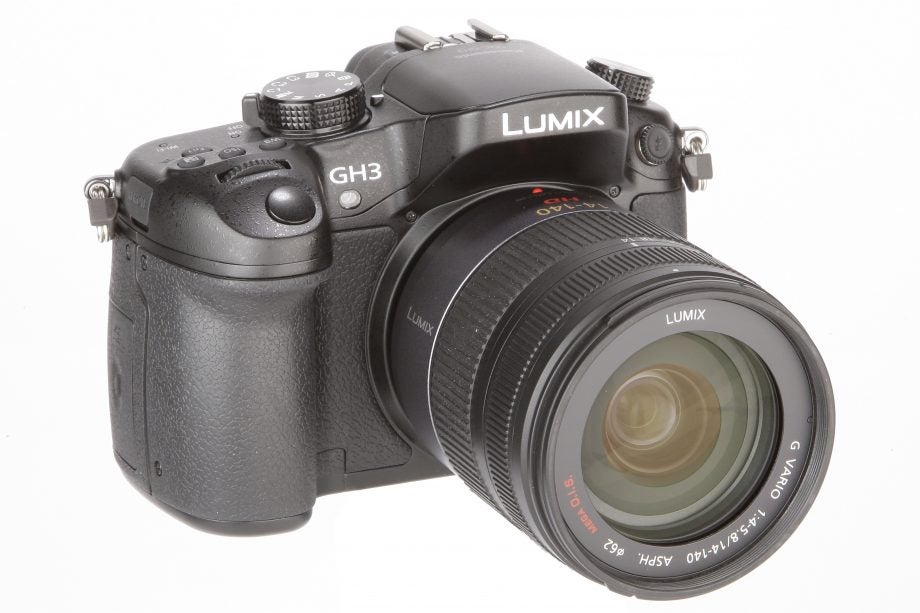
Verdict
Pros
- Class-leading touchscreen control
- High-speed 6fps continuous shooting
- Comprehensive set of video functions
- Solid and robust build quality
Cons
- EVF lacks edge sharpness
- No option to star rate your images in-camera
Key Specifications
- Review Price: £1199.99
- 16MP Live MOS sensor
- ISO 125 - 25,600
- 3in, 614k-dot vari-angle touchscreen LCD
- 1080p Full HD video capture
- Dual 3.5mm microphone/headphone jacks
Introduction
The term ‘compact system camera’ is a handy umbrella term that, over the past few years, has been used to describe an increasingly broad range of cameras – not all of which are actually that compact. On the one hand you have those CSCs that come without electronic viewfinders, which generally live up to their ‘compact’ billing. However, there are also plenty of CSC’s that sport not only electronic viewfinders but also deep, DSLR-like handgrips and big, chunky controls. If truth be told it can be somewhat misleading to describe these models as ‘compact’.
As one of the originators of the CSC genre Panasonic has had a foot in both camps. In terms of current models, both the GF5 and GX1 are great examples of how CSC technology can be applied to produce genuinely compact and easy-to-carry cameras. The G5 and the GH3, however, with their EVFs and handgrips are undoubtedly closer in both size and appearance to DSLRs than they are to compacts. No doubt aware of this growing anomaly Panasonic has recently taken the decision to re-brand all of its CSCs as Digital Single Lens Mirrorless cameras – or DSLM for short.
Panasonic Lumix GH3: Features
The GH3 takes over from the GH2 as the flagship model within Panasonic’s DSLM range. At its heart the GH3 employs a 16MP Live MOS sensor – 16MP being the same resolution that’s offered by the two-year-old GH2. The two sensors are quite different however, with the newer chip having been modified to allow for a wider dynamic range to be captured. In practical terms this equates to a standard sensitivity range of between ISO 200-12,800 – which can be further expanded to the equivalent of ISO 125-25,600 via the extended settings.
Meanwhile the GH3’s image processer has been updated to the latest Venus 7 FHD chip and this allows the GH3 to reach some impressively quick continuous shooting speeds, the fastest of which is the 20fps Super High speed mode, although it should be noted that this is only available for JPEG capture. Should you want to shoot in Raw or even Raw+JPEG then the rate drops to 6fps. This still isn’t bad though, especially when you consider that some DSLRs at this price point aren’t able to shoot this fast. If you don’t need to shoot as fast as 6fps, then there are further options to shoot continuously at 2fps or 4fps.
Exposure modes include the standard ‘manual’ quartet of Program, Aperture-priority, Shutter-priority and Manual (PASM) modes, along with a fully automatic intelligent Auto (iA) mode, a range of 24 individually selectable Scene modes and 14 Creative Control digital filter effects that can be used to give your images anything from a miniaturised to a cross-processed look. Rounding things off are three Custom settings that you can set up as you like and then recall in an instant simply by turning the exposure mode dial to the saved Custom slot.
In addition to its still image capabilities, the GH3 also builds on the reputation of its predecessor for excellent – not to mention extensive – video capture options with the addition of even more movie formats and bit rates including 1920 x 1080 Full HD settings at 50p, 50i, 25p and 24p. Furthermore, you can opt to record movie files in the HDTV-friendly AVCHD format, or to use the more computer friendly MP4 and MOV recording formats. The GH3 also comes with not one but two 3.5mm jacks: one for an external microphone and one for a set of headphones, which enables you to record audio while simultaneously monitoring the sound.
On the back of the GH3 is a side-hinged 3in, 614k-dot vari-angle LCD monitor that can be pulled away from the camera body by 180° and then rotated through 270, which is really useful for self-portraits and when shooting from extreme angles.
Should you prefer to hold the camera to eye level then the built-in OLED electronic viewfinder offers an impressive 1.7million-dot resolution and a 100% field of view making it one of the better EVFs on the market. 
Autofocus is taken care of by Panasonic’s proprietary Light-Speed contrast-detect AF system, which is one of the fastest AF modules on the market. Autofocus options extend to single-area AF and multi-point AF modes alongside AF tracking and Face Detection options. In addition to compositional and playback duties the GH3’s rear screen also offers touchscreen functionality, which includes Touch AF whereby you can set your focus point simply by tapping on the point of the screen you want the camera to focus on. Touch Shutter takes this a stage further by automatically taking a shot once focus has been attained.

Last but not least, the GH3 is also the first Lumix interchangeable lens camera to come with integrated Wi-fi connectivity. This is quickly becoming a must-have feature on recent digital camera launches, so it’s good to see the GH3 future-proofing itself with its inclusion, even it it hasn’t gone quite so far as the Samsung Galaxy Camera by including 3G and an Android, mobile phone-like interface. The GH3’s built-in Wi-Fi allows you to send images directly to your PC, or to back them up to the cloud without the need for any leads. In addition, by downloading the Lumix Link app (free from the Apple App Store and Google Play) you can also use your smartphone to control your camera remotely.
Panasonic Lumix GH3: Design
The GH3 couldn’t, by any stretch of the imagination, be described as a small or indeed ‘compact’ camera. Compared side-by-side with its predecessor the GH3 is noticeably taller and wider, and with a deeper hand grip too. This larger hand grip does have a spin-off benefit though in that it allows the newer model to accommodate a larger battery than its predecessor, with the GH3’s rechargeable 1860mAh Li-ion battery good for up to 540 shots – a fairly significant improvement over the 340-odd shots facilitated by the GH2’s 1200mAh Li-ion power pack. 
While it might have a bit more around the waist and shoulders there’s no faulting the overall build quality, which is superb. With its magnesium alloy die-cast body the GH3 is by far the most solid Lumix interchangeable lens camera we’ve yet seen. Panasonic has even gone so far as to weather seal the camera against dust and moisture, enabling it to be used in all kinds of inclement weather. At 855g with a battery, SD card and 12-35mm lens attached the GH3 isn’t particularly light though, which could well put some people off. Despite this, the camera does feel very well balanced in the hand though. The tactile rubber grip that stretches all the way around to the rear of the camera also helps to make it comfortable and secure to hold.
Button placement has undergone a fairly radical re-think from what was found on the GH2. For example, the GH3 now sports dual control dials in the same way that many top-end DSLRs do – especially handy if your regularly shoot in Manual mode. The dedicated access buttons for White Balance, ISO and Exposure Compensation buttons have also been shifted from the D-pad to the top plate where you’ll find them neatly arranged in a line within easy reach of your forefinger.
The back of the camera sees plenty of change too, with the Playback button shifted over to the left of the viewfinder in order to make way for a dedicated AF mode toggle switch that can be used to switch directly between AF-S, AF-C and MF using your thumb. The one-touch movie-record button that was found on the top-plate of the GH2 now sits alongside this AF mode control. There are also four Function buttons that can be variously ascribed as you see fit. One of these doubles up as the Quick Menu button, which can be used to call up a stripped back menu of all the main shooting settings for quick changes on the go
Panasonic Lumix GH3: Performance
In terms of performance, the thing that immediately strikes you is just how good the GH3’s touchscreen is. Whereas many camera touchscreens in the past have felt somewhat clunky and unresponsive, the GH3’s is on a par with the very best smartphone and tablet screens. Using the screen to set a focus point with Touch AF we found the camera registered our subtle finger jabs with considerable ease. The combination of Touch-AF and a super sensitive touchscreen vastly improves AF operation too. The GH3 benefits from Panasonic’s Light-Speed AF technology, which more than lives up to its name with almost instantaneous focus lock. Using a variety of Panasonic lenses we experienced very little in the way of focus hunting, either in single or continuous AF modes.
One performance issue we did experience related to the camera occasionally locking up while in playback mode. An odd occurrence and something we were only able to fix by removing and then reinserting the battery. Our sample came with the latest firmware, however Panasonic have told us that a further firmware update will be released in the near future to fix this. The only other criticism we have is that the electronic viewfinder seems slightly smaller than the GH2’s and the far corners didn’t appear as sharp as the centre of the frame. We tried using the dioptre control to correct this but it didn’t seem to have any effect.

Loaded with a Class 10 SanDisk Extreme Pro SDHC card and with the camera set to the 20fps Super-High continuous drive mode we were able to reel off a very impressive 80 JPEGs at full resolution. The Super-High drive mode is JPEG-only and so when we switched to Raw recording the camera automatically selected 6fps instead. At this setting we managed to record 20 individual Raw images before the memory filled and the frame rate dropped. Shooting Raw and JPEG simultaneously the GH3 managed 19 frames before locking up.
Below are our standardised ISO test shots, starting with the Panasonic Lumix GH3’s lowest setting of ISO 125, going all the way up to 12800.
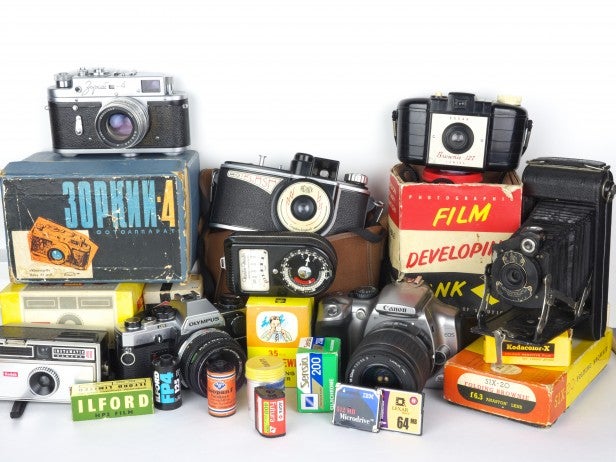
Full frame ISO 125
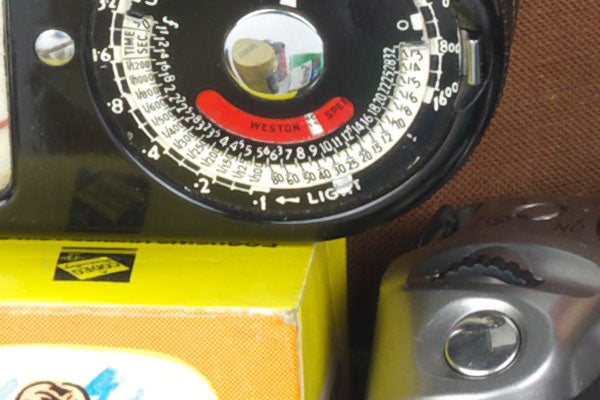
ISO 125
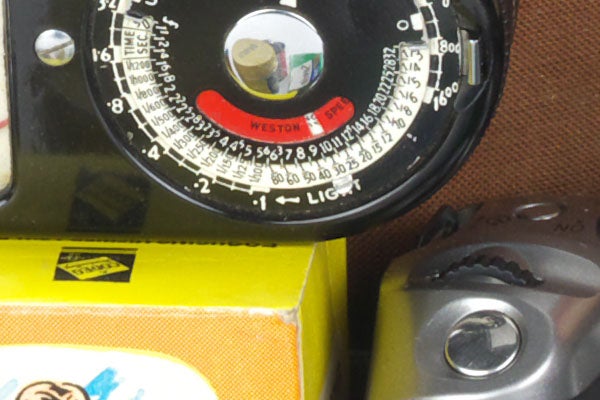
ISO 200
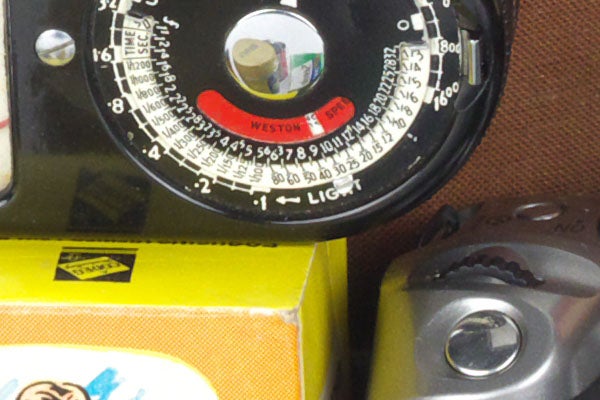
ISO 400
As we’d expect of a modern high-end camera, image quality is almost flawless up to ISO 400, with only the slightest softening of the finest details due to noise reduction.
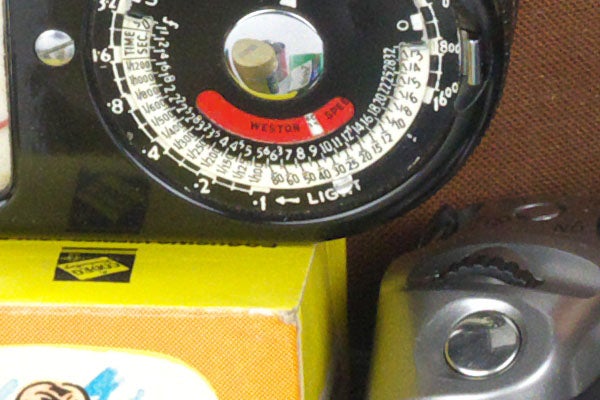
ISO 800
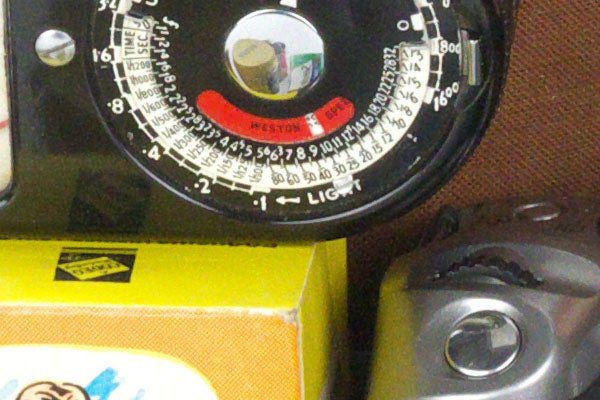
ISO 1600
By ISO 1600 the Panasonic Lumix GH3 is beginning to show green and red coloured flecks of image noise and a drop in detail but overall image quality is still excellent, demonstrating the advantage of the larger micro four thirds sensor over the much smaller sensors in compact cameras.
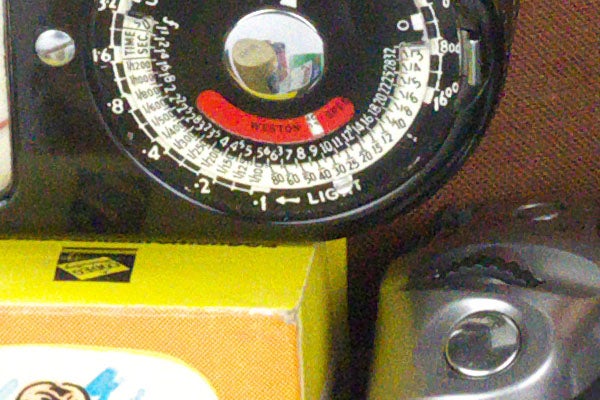
ISO 3200
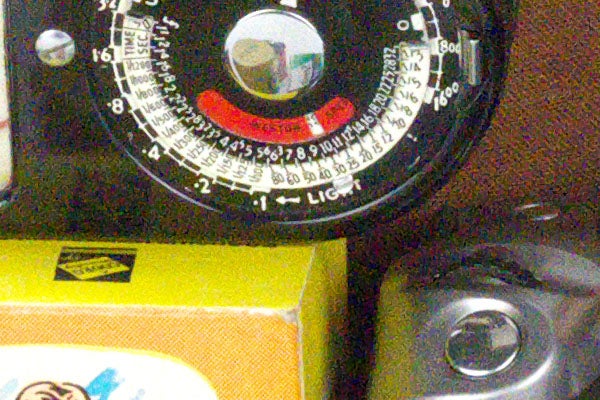
ISO 6400
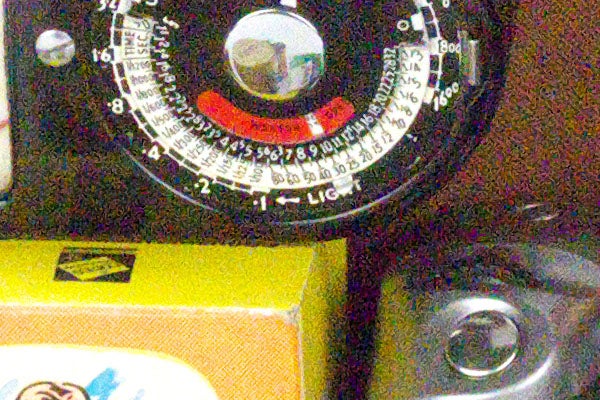
ISO 12800
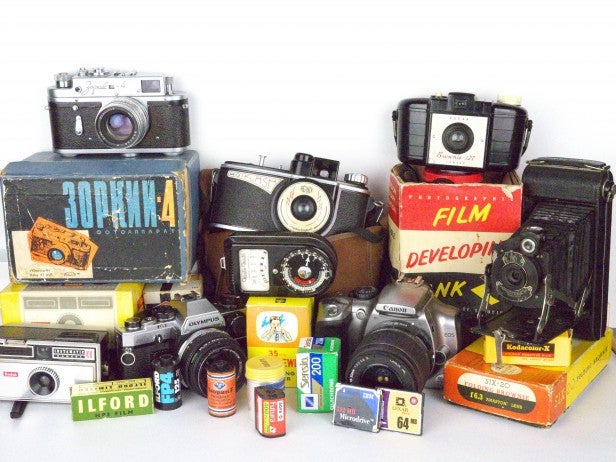
Full frame at ISO 12800
By ISO 12800, image quality is essentially unusable for all but the most casual of shots but this is of course an extreme setting that should seldom need to be used. However, compare it to a full-frame sensor equipped SLR such as the Canon 5D Mark III and you can see the downside of the smaller micro four thirds sensor in this camera – that’s what you get for trading off image quality for size and weight.

1/80sec @ f/14, ISO 125, 14mm

1/800sec @ f/4, ISO 125, 14mm

1/4000sec @ f/8, ISO 6400, 128mm

1/100sec @ f/16, ISO 800, 70mm
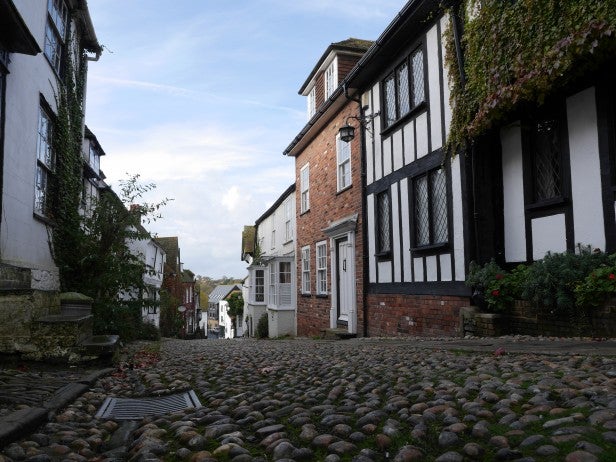
1/320sec @ f/5.6, ISO 200, 26mm
Panasonic Lumix GH3: Image Quality
Overall image quality produced by the GH3 is very, very good. The
144-zone metering system copes admirably with tricky high-contrast
scenes. The GH3 offers exposure compensation between -5EV and 5EV,
however while out test shooting with our review sample we rarely had to
use this feature, and even when we did we never had to dial in more than
0.7EV.

1/80sec @ f/14, ISO 125, 14mm
Using daylight-balanced lamps and a Datacolor Spyder
Checkr chart we were able to ascertain how well the GH3 renders colour
and white balance. Results between ISO 125 and 1600 were vibrant, punchy
and rich in colour as might be expected. Better still, there was no
sign of the saturation decreasing as we ramped up the sensitivity, at
least until we reached ISO 25,600 where colours became slightly more
muted compared to ISO 12,800.

1/4000sec @ f/8, ISO 6400, 128mm
Controlled resolution tests
undertaken with our standard resolution test chart reveal that the GH3’s
16MP sensor is capable of rendering 32 lines per millimetre at ISO 100
when coupled with the 45mm f/2.8 Macro Leica D Vario-Elmarit lens. While
this is certainly very impressive for a Micro Four Thirds sensor, APS-C
sensors have scored slightly higher in the past. That’s not to take
anything away from the GH3 though, which compared in isolation – or
indeed against other cameras using MFT sensors – performs very well
indeed.
Noise
is very well controlled between ISO 125 and ISO 800, with the GH3
producing clean, finely detailed images, however some noise does begin
to creep in at ISO 1600. At ISO 1600 and 3200 images are certainly
usable, although if you plan on printing your images at 100% then be
aware that noise may well be visible to the naked eye. Beyond ISO 6400
and noise starts to noticeably degrade image quality, with the top
settings of so ISO 12,800 and 25,600 best avoided if possible, or at
least used only in emergencies.
Comparing an unprocessed Raw
file to a processed JPEG revealed a number of subtle differences. JPEG
files tend to be slightly brighter in dark shadowed areas, whereas Raw
files resolve more detail in the highlights. Side by side we also
noticed that JPEG files have fractionally more contrast applied, while
in-camera sharpening was clearly obvious in JPEG files.
Verdict
As
Panasonic’s flagship digital single lens mirrorless (DSLM) camera (more
commonly referred to as a compact system camera) the Lumix GH3 has come
on a long way from the two-year-old GH2 and brings with it a generous
range of improvements. Indeed, with its larger hand grip, bigger
battery, superb touchscreen and integrated Wi-Fi connectivity we don’t
have any hesitation in saying the GH3 is one of the most intuitive CSCs
we’ve used. It’s also well supported by a broad range of dedicated
G-series lenses, with no fewer than 17 fixed focal lengths and zooms to
choose from. Image quality is very good too, and while resolution of
fine detail isn’t quite up there with the best APS-C equipped cameras,
the GH3 nonetheless performs solidly enough to take on the DSLR
competition with conviction.
Trusted Score
Score in detail
-
Value 8
-
Design & Features 9
-
Image Quality 8
-
Build Quality 8


